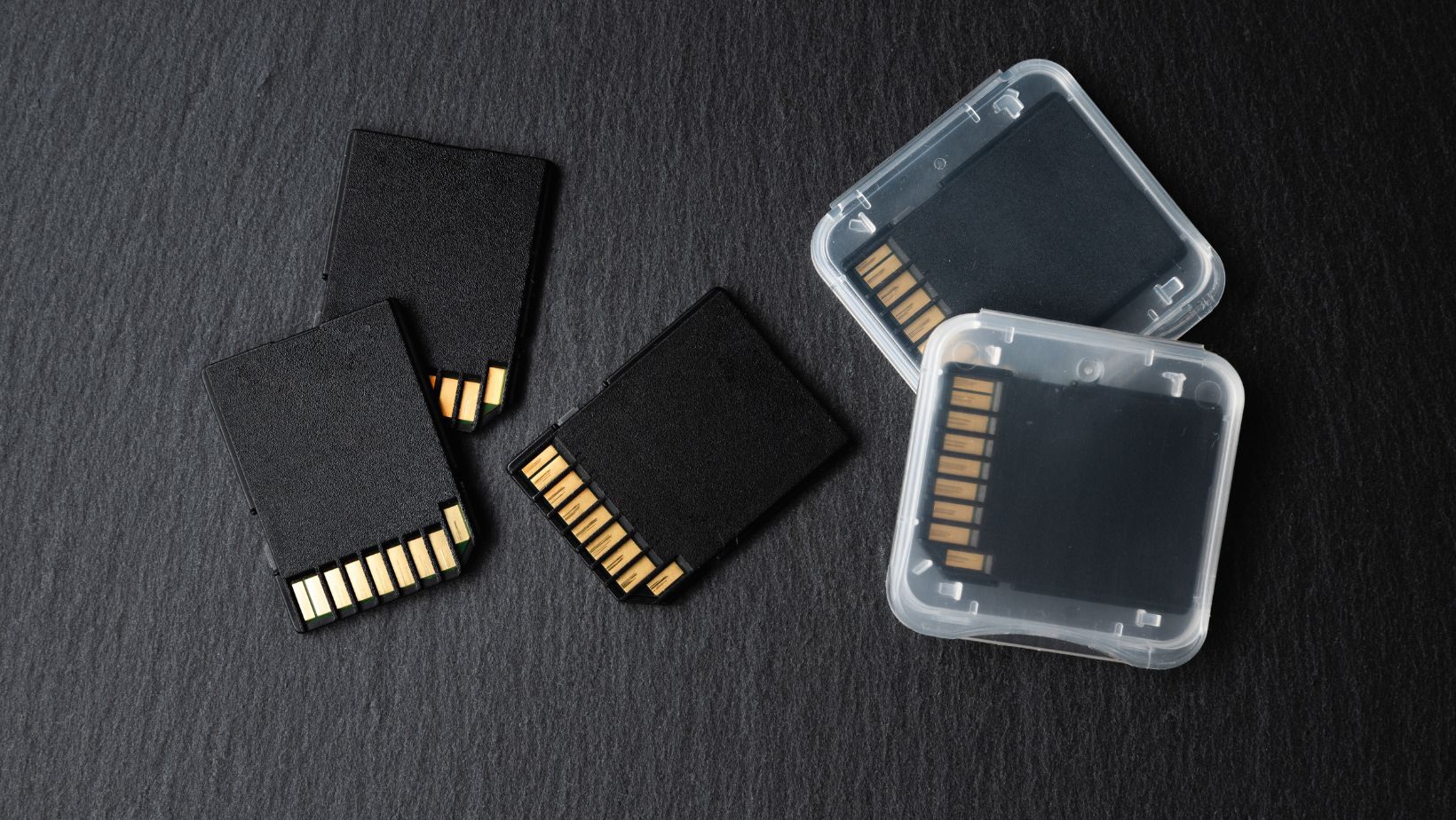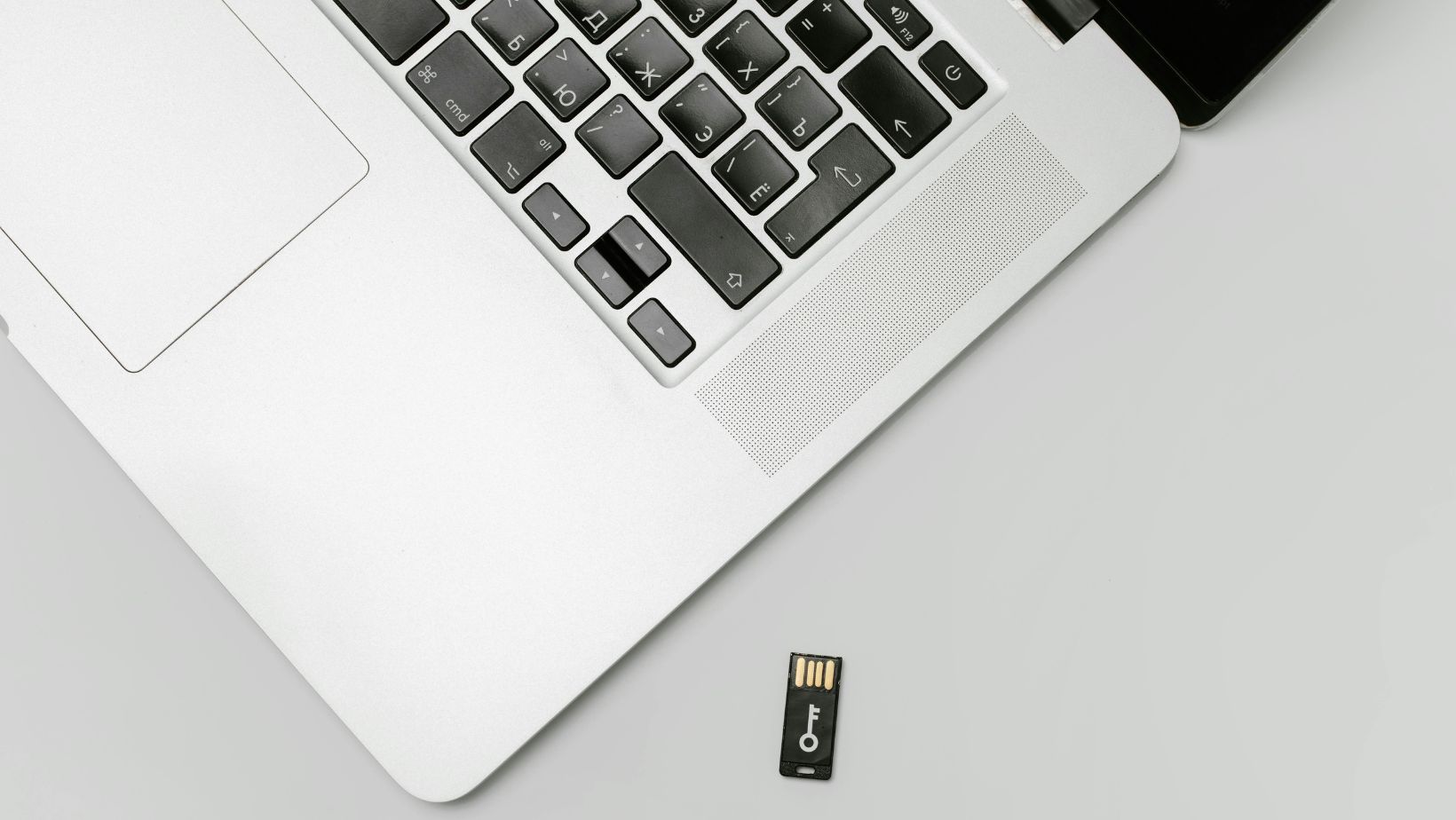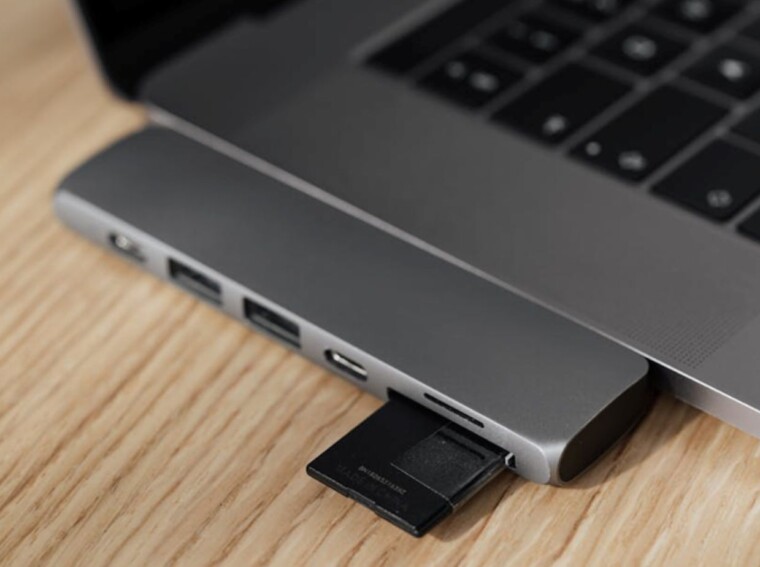If your device starts to slow down, the first instinct might be to blame the processor or the battery. But in many cases, the real issue may lie with the memory card. These tiny storage devices play a much bigger role in day-to-day performance than most users realize.
Whether you’re using a smartphone, tablet, camera, or handheld console, the memory card you choose affects how fast files load, how quickly apps respond, and how smoothly your device runs. A slow or incompatible memory card can bottleneck performance even if the rest of your system is working fine.
Many users expect a memory card to work right out of the box—and for the most part, it does. But over time, or with the wrong setup, that same card can lead to freezing, crashing, or sluggish behavior. Understanding why this happens can save you time and frustration, and help you get the most out of your hardware.
Let’s look at the most common reasons your memory card might be slowing down your device, starting with how your device’s internal hardware affects performance.
Your Device May Not Meet Performance Requirements
Storage speed doesn’t depend on the memory card alone. It also relies on the device reading the data. If you’re using an older phone, tablet, or camera, it may not fully support the read and write speeds offered by newer memory cards. This mismatch can slow everything down, from app loading times to photo processing.
Another factor is the internal memory of the device. RAM, or random access memory, plays a major role in handling data transfer and app responsiveness. A device with limited RAM will struggle to run tasks smoothly, especially if the memory card is being used for storage-intensive apps or high-resolution files.
If your device has less than the recommended RAM, it may not fully support the memory card’s potential, leading to longer loading times and sluggish performance.
For example, using a high-speed card on a budget phone with minimal RAM might result in slower performance than expected. In that case, the memory card isn’t at fault—the system can’t keep up with what the card is trying to deliver.
Before replacing your card, it helps to review the technical specs of your device. Knowing the supported card types, maximum read/write speeds, and internal RAM capacity gives you a better idea of what combination will work best.
Using the Wrong Speed Class for Your Tasks
Not all memory cards are built for the same tasks. If you’re using a card with a low speed class to record 4K video or run apps, you’re likely to run into performance problems. Speed classes (like Class 10, UHS-I, UHS-II, and V30) indicate how fast a card can write data.
Slower cards may still function, but they won’t keep up with high-speed demands. You’ll notice lag, buffering, or even file errors depending on what the device is trying to do.
File System Format Is Incompatible or Inefficient
Another factor that affects memory card performance is the file system format. Most cards come pre-formatted in FAT32 or exFAT, but not every format suits every use case. Some file systems handle large files better, while others offer better speed or compatibility across devices.
For example, FAT32 has a 4GB file size limit, which can cause problems when recording long video clips or handling large app files. exFAT supports larger files and works well across many operating systems, but it may still slow down if paired with hardware that prefers a different format.

If your memory card starts lagging or generates errors, checking the format is a good first step. Reformatting the card using your device’s preferred settings often helps improve performance. Just remember to back up your data first.
The Card Is Nearing Its Write Limit or Is Fragmented
Flash memory has a limited number of write cycles. Over time, repeated use wears out the storage cells. While this doesn’t happen overnight, heavily used cards, such as those in cameras, dashcams, or gaming consoles, can start to slow down as they approach their write limit.
File fragmentation can also affect read and write speeds. When files are written in pieces across the card, the device has to work harder to access them. This leads to delays in opening apps, loading media, or saving files.
If your card is showing signs of slow performance, try copying the data to another location, reformatting the card, and starting fresh. This resets the file structure and can improve speed.
Too Many Background Tasks or Apps Rely on the Card
Some devices allow apps and background processes to use the memory card for storage. Over time, this setup can put stress on the card, especially if multiple apps are running at once or if large amounts of temporary data are being written.

This is common on phones and tablets, where users move apps to the card to save internal space. If too many apps rely on external storage, it can lead to freezing, crashing, or lagging during multitasking.
To improve performance, try moving key apps back to internal storage. Limit the number of processes that use the card directly. Give the card time to process fewer tasks, and the system will often respond better.
The Card Is Counterfeit or of Low Quality
Not all memory cards sold online are legitimate. Some low-cost cards advertise high capacity and fast speeds but fail to deliver either. Counterfeit cards often use low-grade flash memory and fake labeling. This leads to slow transfer rates, frequent corruption, and sudden data loss.
One way to spot a fake is to run a speed test. If the card’s actual performance falls far below what’s advertised, that’s a warning sign. Stick to known brands and trusted retailers when buying a card—price alone shouldn’t guide the decision.
Memory card performance affects how well your device runs. When slowdowns happen, the issue may go beyond internal hardware. Speed class, formatting, app usage, and card quality all play a role. By understanding what’s happening behind the scenes, you can fix the slowdown and keep your device running at its best. Small changes, like reformatting or upgrading to a better card, make a noticeable difference in how smoothly your system works.

